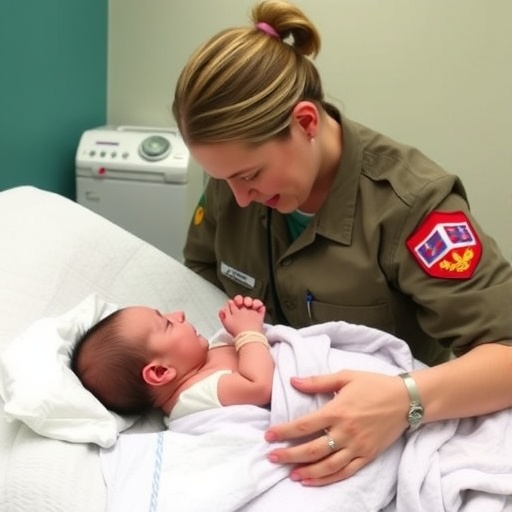
Credit: © UNIGE
The cerebral cortex consists of a large diversity of neurons, each displaying specific characteristics in terms of molecular, morphological and functional features. But where are these neurons born? How do they develop their distinct properties? We do not currently have clear answers to these questions, largely because of methodological limitations. However, scientists from the University of Geneva (UNIGE), Switzerland, have recently taken a step forward. They have discovered a unique molecular factor allowing them to track, from birth to maturity, a homogeneous class of neurons called the neurogliaform cells. The results, which are published in the journal e-life, reveal for the first time the genesis and the development of these cells, opening new opportunities for the understanding of neuronal specificities and functioning of the cerebral cortex.
Two types of neurons are needed for the cerebral cortex to operate harmoniously: excitators (80%), which are responsible for transmitting information to other regions of the brain, and inhibitors (20%), which govern the activity of the excitators. Inhibitory neurons, also known as interneurons, are considered as the "orchestrators" of cortical circuits. In fact, they control the excitatory flow and make it coherent, the basis for performing complex tasks. It is still difficult to access all the different sub-classes of inhibitory neurons to understand their exact role in the proper functioning of the adult cerebral cortex. Where do they come from? How do they specialise?
A tool for tracking neurons
In the attempt to answer these questions, two models are proposed by neuroscientists. The first consider that the different classes of neurons are born with the same identity, and only later specialise depending on their environment. The second model states that an initial genetic diversity exists, which, as early as birth, drives neurons to specify features of a given class.
The team led by Alexandre Dayer, Professor in the Departments of Psychiatry and Basic Neurosciences at UNIGE's Faculty of Medicine, focused on testing a tool which would allow to find out where a specific type of interneuron is generated, how they migrate into the cerebral cortex and finally what are the mature properties of this type. "We observed and tested a number of different transcription factors responsible for gene regulation. We found that the gene HMX3 is expressed very locally in a region known to generate interneurons. This could be the initial genetic fingerprint of a precise class!" explains Professor Dayer. According to this hypothesis, the researchers found out that the gene HMX3 can actually be used to follow the developmental trajectory of a unique subtype of interneuron: the neurogliaform cells.
Specialised since birth
"Thanks to a genetically-modified mouse that makes the HMX3 lineage visible, we could uncover the origins of neurogliaform cells. We have suggested that this subtype of interneuron is defined by the expression of this transcription factor," explains Mathieu Niquille, a researcher in the Department of Psychiatry at UNIGE's Faculty of Medicine. "Not only this group of interneuron has its origins in a zone called the preoptic area, located far from the cerebral cortex, but it is specialised already at birth. This gives credit to the second model proposed by the scientific community."
For the first time, researchers are able to locate precisely the genesis of a specific category of inhibitory neurons and to track down its path towards the cerebral cortex. "This discovery is an important step forward in understanding the occurrence of neuronal diversity," says Professor Dayer. "Our results show that early genetic factors are responsible for the specialisation of neurogliaform cells, and this concept is probably fitting with what happen to the other twenty interneuron subtypes present in the cerebral cortex." It is thought that each of them is born with its own peculiarities in a specific region of the brain.
UNIGE researchers now want to shed light on the unique role of neurogliaform cells and try to clarify the origins of other classes of interneurons. "This research also opens up new horizons for a better understanding of psychiatric diseases, such as autism and schizophrenia, which are particularly affected by alterations of the balance between inhibitory and excitatory neurons at early stages of development," concludes professor Dayer.
###
Media Contact
Alexandre Dayer
[email protected]
41-223-795-386
@UNIGEnews
http://www.unige.ch
Original Source
https://www.unige.ch/communication/communiques/en/2018/la-quete-des-origines-neuronales/ http://dx.doi.org/10.7554/eLife.32017




